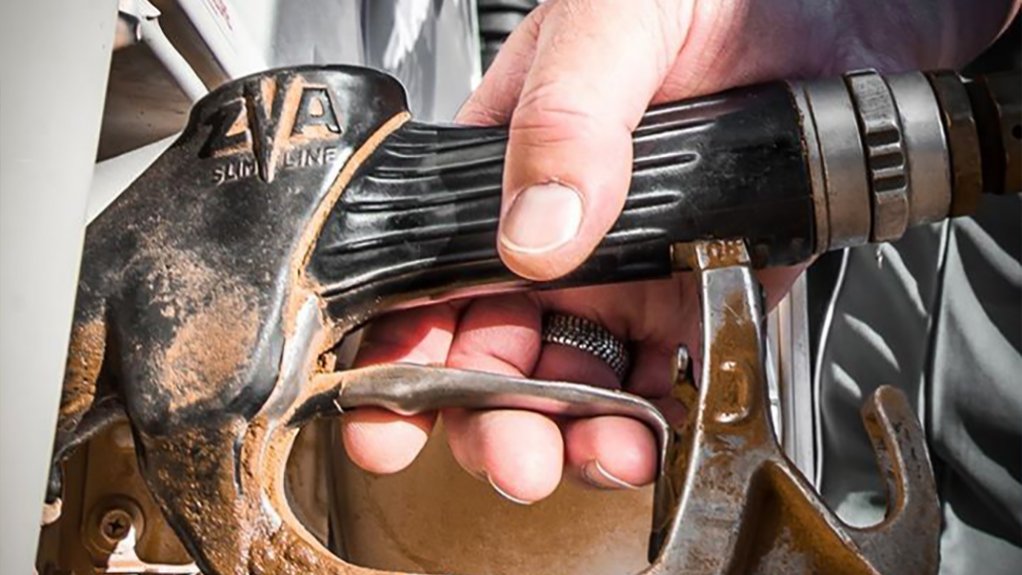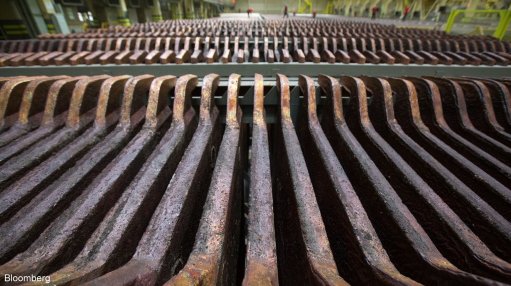Breather range prevents contamination


PROTECTION MEASURES Contaminants in the 1 μm to 10 μm range can damage equipment
Lubrication and industrial equipment specialist ISO-Reliability Partners’ desiccant breather range is a cost-effective solution to prevent fuel contamination. Companies can reduce internal tank cleaning while increasing the life span of oil and filters.
The breathers can absorb water and prevent contaminants in the 1 μm to 10 μm range from entering the fuel, says ISO-Reliability Partners CEO Craig FitzGerald.
The desiccant breather range includes the single, dual and manifold breather systems. For tank openings that are exposed to the atmosphere, the single breather system is ideal, as it eliminates dust and moisture entry.
For larger requirements, such as big-bulk holding tanks or large storage tanks, ISO-Reliability Partners recommends the manifold system, which has multiple breathers to allow for enough air to transfer in and out.
The desiccant breathers have a 1 μm sediment filter and ecofriendly desiccant silica gel to absorb moisture. The gel can hold about 40% of its own weight in water, resulting in the breather pulling up to 220 g of free water from fuel.
The breathers also have a clear window that enables customers to see the colour of the gel. The gel is bright orange when dry and darkens to navy blue as it absorbs moisture.
“The darker it is, the more urgent the need to service or maintain it,” says FitzGerald.
The breathers replace existing breather caps or air vents on gearboxes, hydraulic power packs, as well as oil-transfer and circulation systems. It can also be used for bulk holding tanks, oil and diesel reservoirs, as well as oil drums in storage and during use.
FitzGerald emphasises that the desiccant breather cannot replace fuel and oil inline filters – desiccant breathers are a cleaning mechanism for air which passes into the tanks or reservoirs. This ensures that there are less equipment failures, owing to moisture and dust exclusion.
ISO-Reliability Partners’ desiccant breather can “remove 99.999% of the contaminants found in our environment, thereby extending the useful life of standard inline filters”, adds FitzGerald.
Prevention of Unexpected Expenses
FitzGerald says using a breather to assist in protecting equipment results in additional benefits, including the reduction of over-fuelling, maintenance expenses and equipment downtime, resulting in cost savings and improved efficiency.
However, while precautions are taken to prevent fuel contamination, they are often not completely effective.
Petrol stations, for example, use a mesh screen breather version that is not effective at preventing contaminants, such as dust and water, from entering the fuel.
FitzGerald adds that petrol stations also require specialists to chemically clean their underground fuel tanks at least once a year, owing to residual contaminants that accumulate over time whenever fuel enters or is taken out of the tanks.
While doing so is important, this process could be made easier using a desiccant breather and filter systems.
Further, fuel often gets exposed throughout the distribution network to various contaminants.
“The quantity of contamination that gets in is excessive, and then it is left to an inline filter on a vehicle to try [to] remove those contaminants,” he adds.
However, inline filters cannot remove water moisture or contaminants below the filter’s removal range.
When conducting fuel cleanliness assessments, ISO-Reliability Partners has found that there are significant amounts of contaminants under the micron-sized range of an inline filter.
When these contaminants flow through low-pressure pumps, it goes through the inline filters without any resistance, through high-pressure pumps and then they are forced through the 1.2 μm clearance of an injector tip. Over time, these tips erode, resulting in over-fuelling.
Owing to overfuelling, larger diesel droplets enter the combustion chamber resulting in higher maintenance and repair expenses, FitzGerald explains.
Many companies send fuel samples for diesel analysis to test it according to the International Organisation for Standardisation’s ISO 4406 standard, after which they use multiple filter banks to make the fuel as clean as possible. Desiccant breathers, however, significantly reduce the level of contaminants which need to be removed with inline filters.
“It is easier and more cost effective to exclude contaminants from entering the diesel than it is to take contaminants out of the fuel,” he concludes.
Comments
Press Office
Announcements
What's On
Subscribe to improve your user experience...
Option 1 (equivalent of R125 a month):
Receive a weekly copy of Creamer Media's Engineering News & Mining Weekly magazine
(print copy for those in South Africa and e-magazine for those outside of South Africa)
Receive daily email newsletters
Access to full search results
Access archive of magazine back copies
Access to Projects in Progress
Access to ONE Research Report of your choice in PDF format
Option 2 (equivalent of R375 a month):
All benefits from Option 1
PLUS
Access to Creamer Media's Research Channel Africa for ALL Research Reports, in PDF format, on various industrial and mining sectors
including Electricity; Water; Energy Transition; Hydrogen; Roads, Rail and Ports; Coal; Gold; Platinum; Battery Metals; etc.
Already a subscriber?
Forgotten your password?
Receive weekly copy of Creamer Media's Engineering News & Mining Weekly magazine (print copy for those in South Africa and e-magazine for those outside of South Africa)
➕
Recieve daily email newsletters
➕
Access to full search results
➕
Access archive of magazine back copies
➕
Access to Projects in Progress
➕
Access to ONE Research Report of your choice in PDF format
RESEARCH CHANNEL AFRICA
R4500 (equivalent of R375 a month)
SUBSCRIBEAll benefits from Option 1
➕
Access to Creamer Media's Research Channel Africa for ALL Research Reports on various industrial and mining sectors, in PDF format, including on:
Electricity
➕
Water
➕
Energy Transition
➕
Hydrogen
➕
Roads, Rail and Ports
➕
Coal
➕
Gold
➕
Platinum
➕
Battery Metals
➕
etc.
Receive all benefits from Option 1 or Option 2 delivered to numerous people at your company
➕
Multiple User names and Passwords for simultaneous log-ins
➕
Intranet integration access to all in your organisation



















